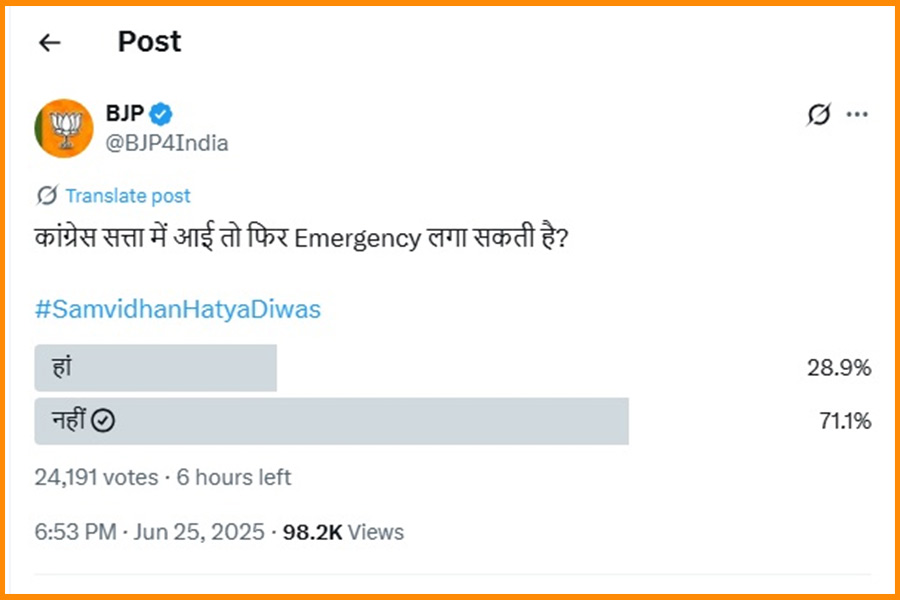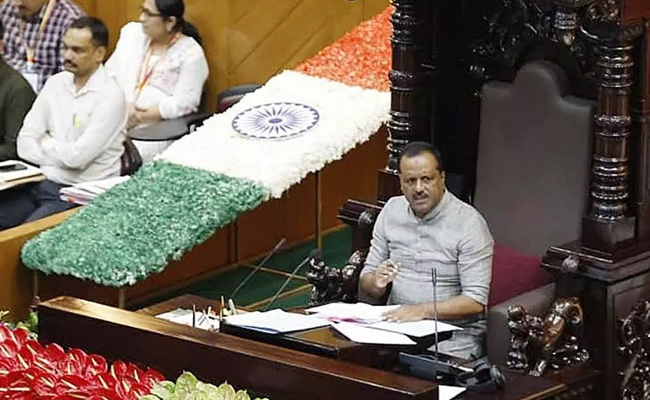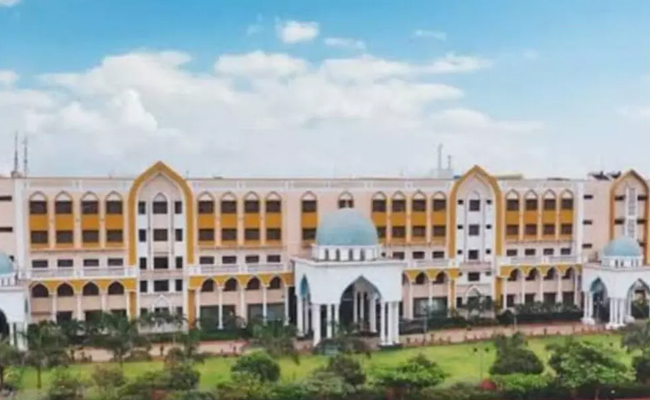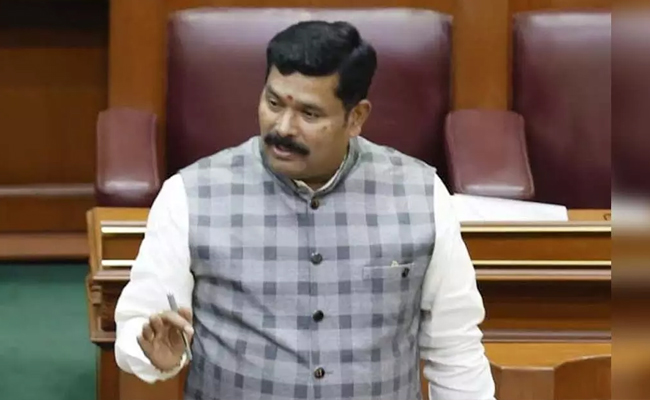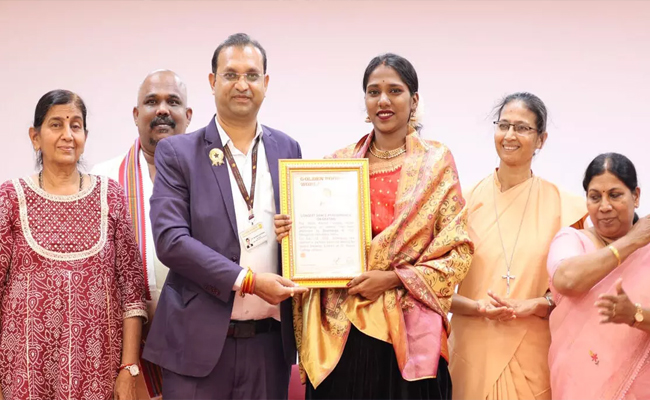New Delhi: An online poll conducted by the BJP on its official X handle (@BJP4India) appears to have backfired, with over 70% of respondents rejecting the idea that the Congress would reimpose Emergency if it returned to power. The poll, launched on June 25 to coincide with the 50th anniversary of the Emergency imposed by then Prime Minister Indira Gandhi, aimed to stir public memory about the suspension of democratic rights in 1975.
The BJP, which frequently invokes the Emergency to target the Congress, might not have anticipated the outcome of its own poll. By Thursday afternoon, more than 23,000 people had voted, with 70.9% saying No, and only 29.1% agreeing that Congress would bring back Emergency.
The result raised eyebrows, especially considering the poll came from the verified handle of the BJP, which has a follower base of 23.2 million. Critics pointed to this as a rare moment of the ruling party's formidable IT cell appearing to be caught napping.
Beneath the poll, users flooded the replies with posts juxtaposing Prime Minister Narendra Modi’s tenure with headlines on alleged threats to democracy, ranging from suppression of dissent, misuse of central agencies, media censorship, hate speech, and violence against marginalised communities.
Congress President Mallikarjun Kharge, speaking at a press conference the same day, termed the BJP’s “Samvidhan Hatya Diwas” campaign an attempt to distract from the “real Emergency” in the country, marked by rising authoritarianism, curbs on press freedom, and institutional erosion.
Later in the day, the Union Cabinet passed a resolution commemorating June 25 as Samvidhan Hatya Diwas, stating that 50 years ago, India's democratic values were "subverted," and that the Emergency was a dark chapter where “federalism was undermined and fundamental rights suspended.”
Union Home Minister Amit Shah, who first proposed observing June 25 as Samvidhan Hatya Diwas in 2024, spoke at an event in Delhi marking the day. He hailed Modi’s role in the anti-Emergency movement, describing how the young activist went underground, adopting various disguises including a sadhu and a newspaper vendor.
“Divine justice has taken place,” Shah said. “The same young man who fought Indira Gandhi’s dictatorship brought an end to dynastic politics in 2014.”
However, online reactions to the BJP's commemorative efforts were mixed, with many using the platform to highlight what they described as the current government's own failings in upholding democratic values.
While online polls are unofficial and often vulnerable to manipulation by bots or campaigners with pre-set agendas, the overwhelming response in this case suggests the BJP’s narrative may not be resonating as intended, at least not in the digital public square.
Let the Truth be known. If you read VB and like VB, please be a VB Supporter and Help us deliver the Truth to one and all.
Belagavi: Speaker U.T. Khader on Friday warned that members who disrupt Assembly proceedings by talking in their seats during debates will be made to sit in the House for an entire day as a disciplinary measure.
The warning came after the Question Hour, when Deputy Leader of the Opposition Arvind Bellad was permitted to initiate a discussion on the development of North Karnataka.
At this point, expelled BJP MLA Basanagouda Patil Yatnal objected, stating that he had been seeking a debate for the past three days but had not been given an opportunity.
ALSO READ: IndiGo board ropes in external aviation expert for flight disruption probe
Responding to the objection, Speaker Khader said Bellad had already been granted permission and assured Yatnal that he would be allowed to speak at the next opportunity. He noted that even as a serious discussion was underway, several MLAs were speaking among themselves with their microphones on, disrupting the proceedings.
Expressing displeasure over the conduct of members, Khader likened the situation to football, where players receive red, yellow, or white cards for violations. Similarly, he said, the Assembly issues warning cards to members who disturb the House. If they fail to correct themselves despite repeated warnings, they would be required to remain seated in the Assembly hall for a full day as punishment, he stated.

